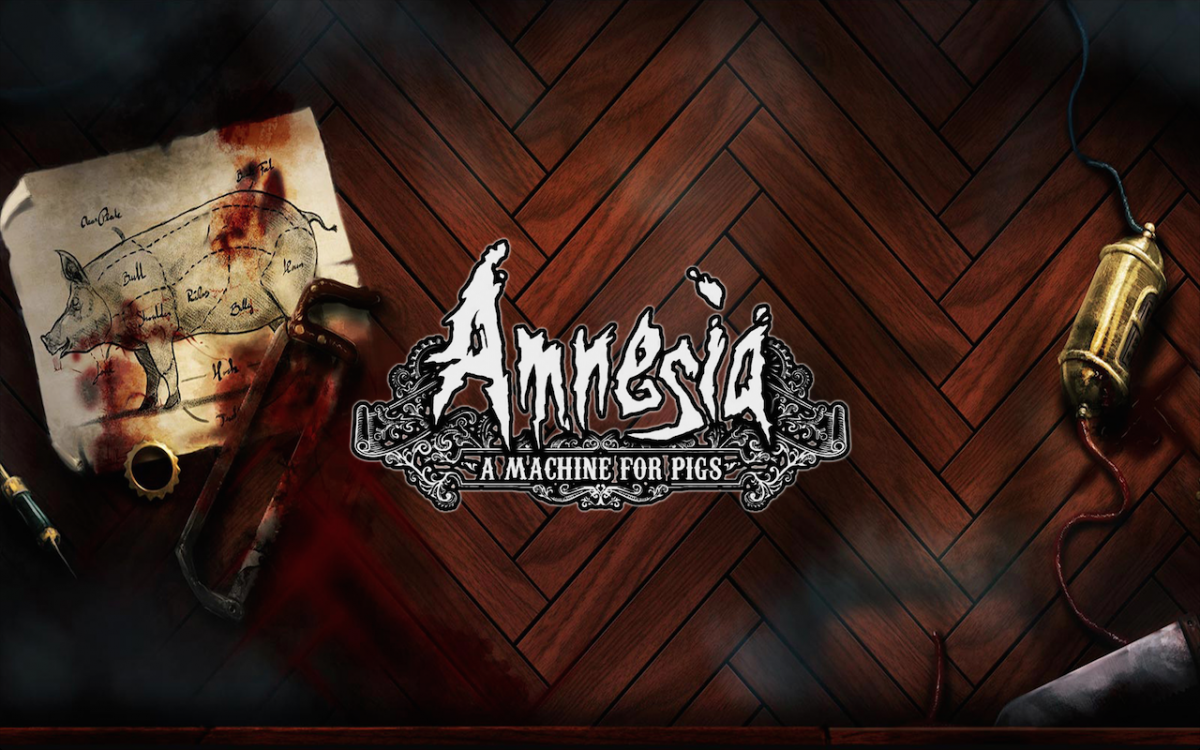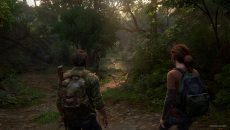Brendan Jacques
Connector Staff
The horror genre, as a whole, seems to be one of the most depressingly neglected facets of gaming culture one can be interested in. Most major publishing studios nowadays are scared of releasing horror games out of fear of being neglected by mainstream audiences, and the few studios that try either end up creating action games with a horror theme or games so miserably bad that their existence is scary in and of itself.
While this case isn’t universal, with a few games here and there really understanding how to terrify the player (*cough* “Alien: Isolation” *cough), those games are the exception rather than the rule. Nowadays, however, many indie studios have tried to step in and fill the void with their own horror games, and if there’s one game series that is responsible for bringing about this horror renaissance, it’s the “Amnesia” series.
“Amnesia: A Machine for Pigs” is the second game in the series developed by Fractional Games and follows the story of Mandus, a wealthy factory owner living in what one can assume to be a city in late 19th century Britain. One night in particular, Mandus awakes in a cage to find his home and entire factory seemingly abandoned and his children missing. Adding even more terror to the mix is that Mandus is unable to remember the past several months (hence the title of the game), though he has vague memories of a massive machine built underneath his factory and the lingering dread that his children are trapped down there. From there, you are tasked to guide Mandus through his factory and into the machine below to find his children and discover the purpose of the machine that is his life’s achievement.
By far, my favorite part of “A Machine for Pigs” is its story. While it had an admittedly slow start in the beginning and has a few plot holes here and there, it ended up being unusually emotional and tense. Mandus’ quest to save his children from ha is incredibly sympathetic, and it pushed me to help him find them and the answers as to what exactly the machine he’s stumbled into is, even when it becomes increasingly clear that Mandus is far from innocent himself and, in a lot of ways, deserves exactly what’s happening to him.
It’s very much a story of self-observation and grief, focused on finding the worth in humankind as a whole as well as discovering if anyone is really capable, or even worthy, of redemption.
From a gameplay perspective, there’s not a huge amount to talk about. The game emphasizes story delivery over consistently interesting gameplay, and as a result is very minimalistic, focusing on environmental exploration and rudimentary puzzle solving that is occasionally broken up by monster encounters.
Since your character is completely defenseless against the creatures that roam the factory’s halls, your only options are to run for dear life or hide behind the nearest box and hope they don’t find you. While these encounters were initially harrowing, most of the intensity died away when I realized that most of the time they adhered to very specific movement patterns that usually highlighted exactly where I needed to go in order to avoid them. Even when I was caught, it was easy enough to escape and find exactly what I was looking for; this lead me to realize that the creatures’ main purpose in the game was to direct me towards my objective rather than act as an obstacle. This makes the game more intense and thought-provoking than actually scary, which I found disappointing.
But, by far, my biggest problem with the game was with its graphics and performance. Even on the lowest possible graphical settings, I encountered a significant amount of slowdown during my time with the game, with most of the issues coming right before tense moments in the game, which constantly broke my immersion in the story. This is especially confusing since the game uses the same graphics engine as its predecessor “The Dark Descent” and I had no problems with slowdown on the highest settings during my time with that game. Even when it’s working perfectly, the graphics can only be described as serviceable; to be fair, though, the set design itself is well done with a very intriguing Victorian atmosphere, giving the game a fairly unique flavor.
Overall, I can’t help but feel a little disappointed with “Amnesia: A Machine for Pigs.” While it was consistently tense from start to finish and had excellent pacing and set design, its adherence to a very linear path deflated most of the terror of the setting, as I knew that as long as I stayed on the predetermined path, the game wouldn’t try to stop me, allowing me to complete the entirety of the story without dying. On top of that, the multitude of performance and graphical problems throughout the game’s six-hour runtime hurt the atmosphere even further than the gameplay already had. However, I don’t regret my time spent with the game, as the sound design was excellent and the story was incredibly compelling from start to finish with an incredibly satisfying conclusion that I really appreciate. If you’re looking for a good horror game to play while celebrating Halloween (or Thanksgiving, since this sadly won’t be printed until after the holiday), I’d probably recommend the original game in the series, “Amnesia: The Dark Descent,” over this, but if you find this game on sale, give it a shot.
Final Grade: C+




